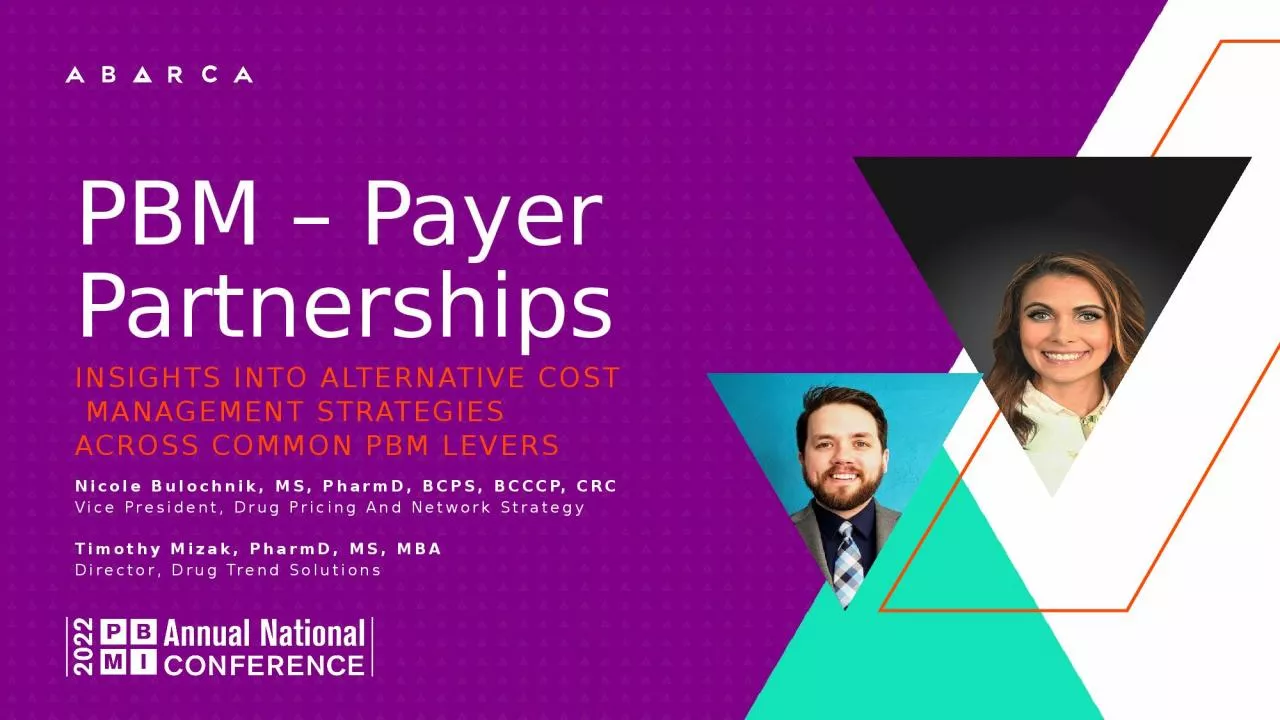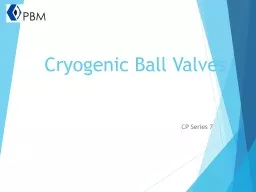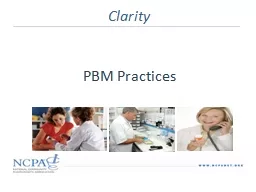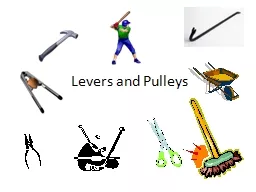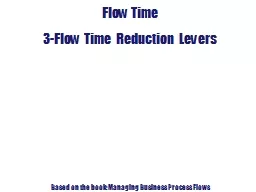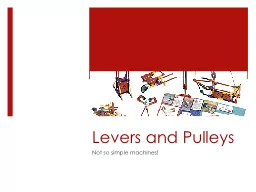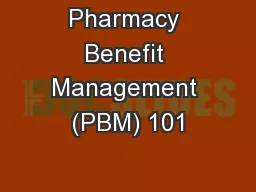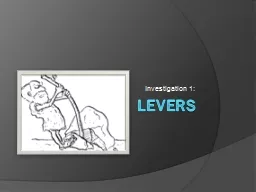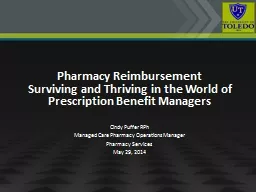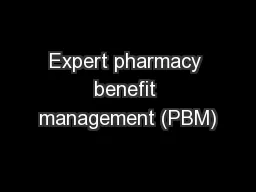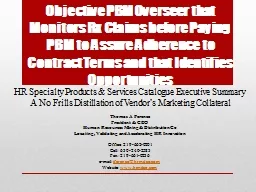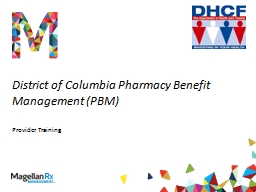PPT-Insights into alternative cost management strategies across common PBM levers
Author : alyssa | Published Date : 2024-03-15
PBM Payer Partnerships Nicole Bulochnik MS PharmD BCPS BCCCP CRC Vice President Drug Pricing And Network Strategy Timothy Mizak PharmD MS MBA Director
Presentation Embed Code
Download Presentation
Download Presentation The PPT/PDF document "Insights into alternative cost manageme..." is the property of its rightful owner. Permission is granted to download and print the materials on this website for personal, non-commercial use only, and to display it on your personal computer provided you do not modify the materials and that you retain all copyright notices contained in the materials. By downloading content from our website, you accept the terms of this agreement.
Insights into alternative cost management strategies across common PBM levers: Transcript
Download Rules Of Document
"Insights into alternative cost management strategies across common PBM levers"The content belongs to its owner. You may download and print it for personal use, without modification, and keep all copyright notices. By downloading, you agree to these terms.
Related Documents

